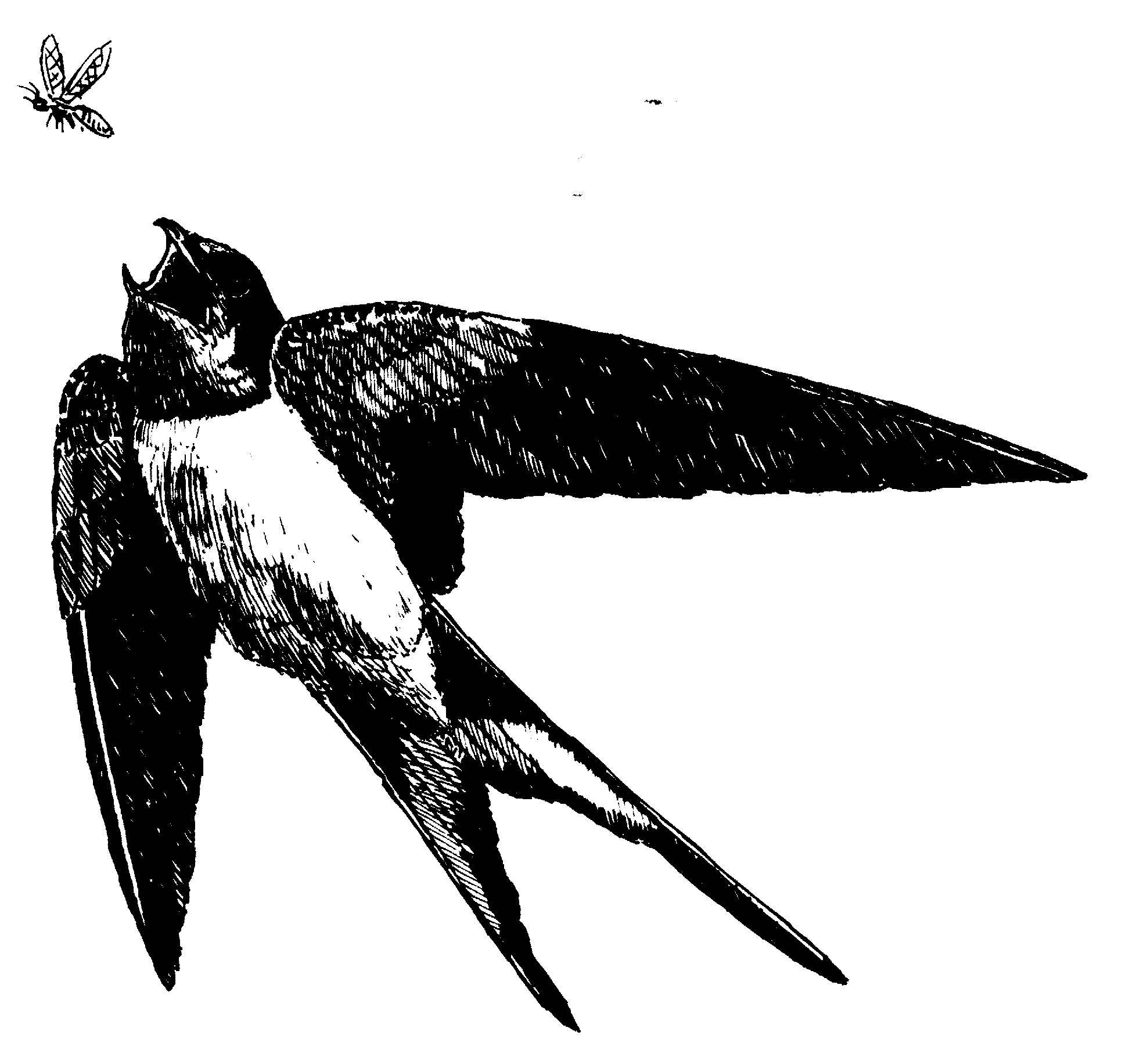
The Mothers and Fathers reckoned the Horned One as god of animal life generally—what, in History of Religions lingo, is known as a “Master of Animals”—but for all that, he is rarely ascribed a sacred bird of his own. Birds, of course, are given mostly to the Sky Powers: raptors to Thunder, water-birds to Sun and Moon, etc. It's fascinating that these embodiers of the animal god's being should be given to other gods, as if they somehow constitute his yearning for them, as Earth's quartz yearns to the Moon. But to Himself the lore alots the merest avian handful: corvids, perhaps the peacock (see below), the robin (as Promethean bringer-of-fire) and, of course, the cock.
Everyone knows that the rooster—I suppose one really must say “cock” here—is the Devil's bird, (“Men call me the Devil,” he is reputed to have told Scots witch Isobel Gowdie, “but they know not what they mean”), and better it be if it's black. It's a staple of Southern (American) folklore that to invoke the Devil you sacrifice a black cock at a crossroads at midnight. Why a cock? Standard etiology would have it that the cock, being preeminently the bird that proclaims the coming of light, is the sworn enemy of the Prince of Darkness, Enemy of Light. But, as one might expect, matters are considerably more complex than that.
The domestic chicken originated in Southeast Asia and, it would seem, first came to the British Isles with the Romans (Yeates 166). Nonetheless, one finds the cock's head associated with the Horned One on the coinage of the Dobunni, the Keltic tribe that in later days morphed into the Hwicce, the “Tribe of Witches.” The rooster has a reputation as the most virile and pugnacious of birds, a fitting emblem for the father and protector of the people, the Pater Hwicciorum (Yeates 165-9). (Interestingly, though, the use of “cock” for “penis” derives, not from the name of the bird, but from the sense of “water-tap.”)
 More than 50 ancient hieroglyphs depict birds: ibis, quail chick, hawk, vulture, duck, plover, goose, swallow, sparrow, cormorant, egret, ostrich, heron, flamingo, lapwing, hoopoe, guinea hen and falcon, plus variations on each of these. It’s a veritable feast for modern bird lovers; tomb paintings like Nebamun hunting are still more delightful, showing the teeming color of life in the Nile marshes.
More than 50 ancient hieroglyphs depict birds: ibis, quail chick, hawk, vulture, duck, plover, goose, swallow, sparrow, cormorant, egret, ostrich, heron, flamingo, lapwing, hoopoe, guinea hen and falcon, plus variations on each of these. It’s a veritable feast for modern bird lovers; tomb paintings like Nebamun hunting are still more delightful, showing the teeming color of life in the Nile marshes. 


















